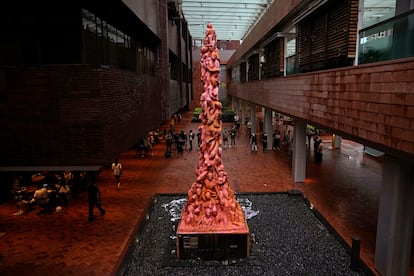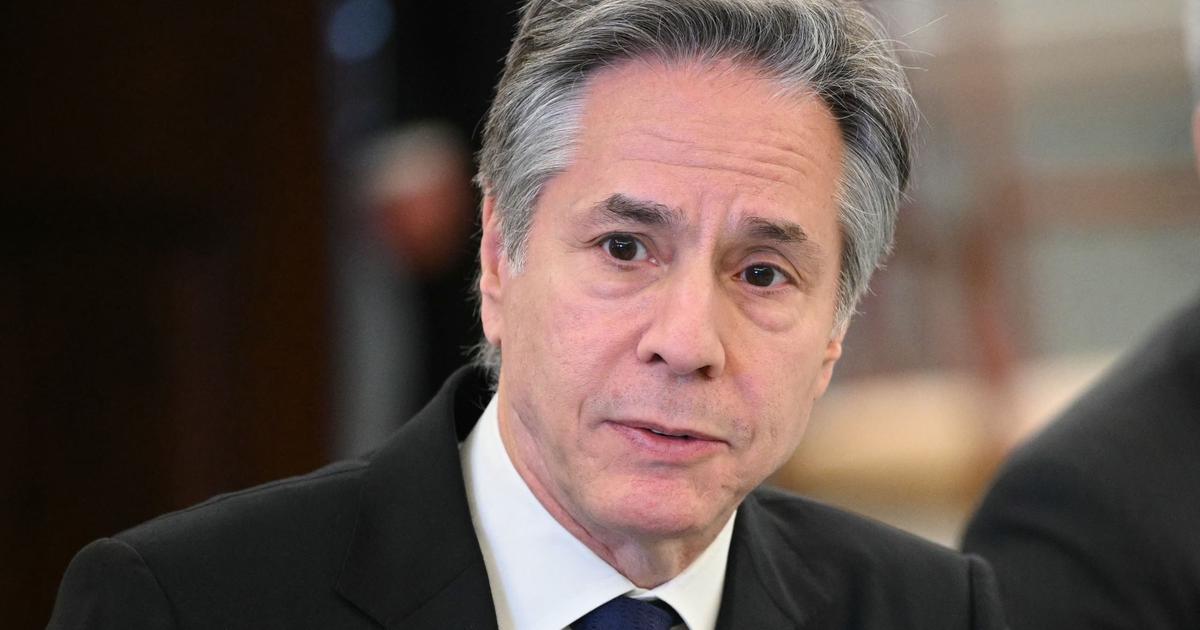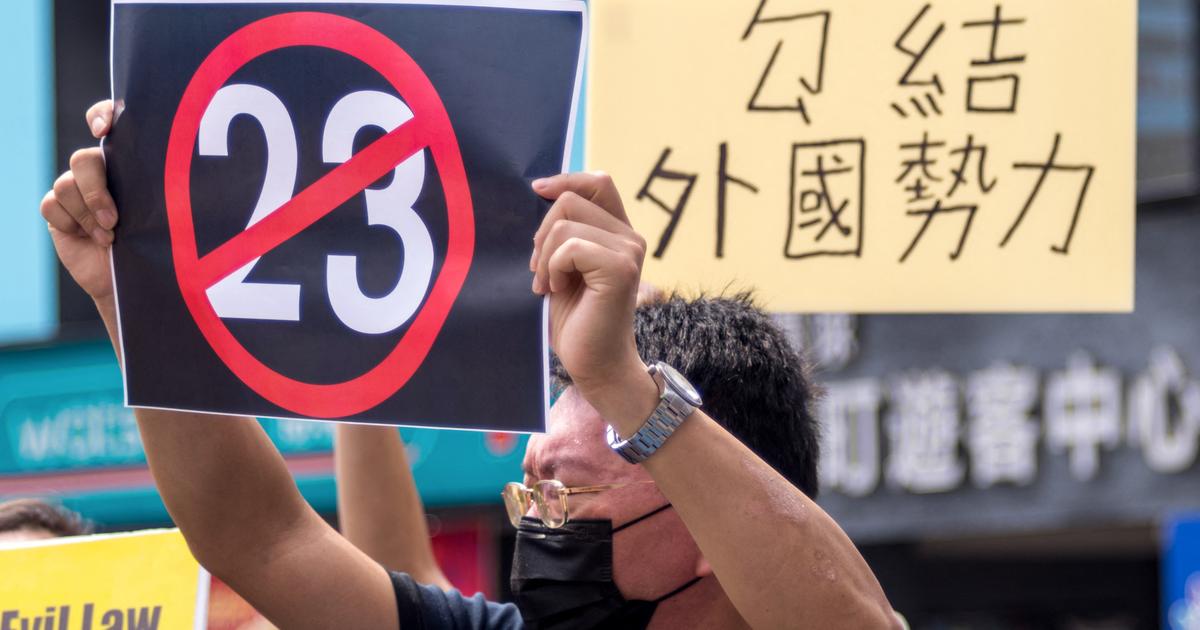The University of Hong Kong (HKU, for its acronym in English) removed from its campus this Thursday morning a sculpture in memory of the victims killed during the pro-democracy protests in Tiananmen Square, violently repressed in 1989. The work was one of the few monuments preserved in the former British colony to commemorate that bloody incident that, on the Chinese mainland, remains taboo. The removal of the statue also comes just days after pro-Beijing candidates won by majority the legislative elections for Hong Kong patriots only, held on Sunday after an electoral reform that ensured the loyalty of aspiring government. central.
According to the Hong Kong digital media
South China Morning Post,
the
Pillar of Shame (Pillar of Shame),
as the statue is called, was dismantled at three in the morning on Thursday (20.00 on Wednesday, Spanish time). The monument, the work of Danish artist Jens Galschiøt, is an eight meter high sculpture depicting 50 twisted human bodies stacked on top of each other. The copper statue was erected on the HKU campus in June 1997 - the year Hong Kong ceased to be under British rule - with the aim of serving “as a warning and reminder of an embarrassing event that should not be repeated. ", As described by the author himself on his website.
The dismantling began around midnight Wednesday, when several groups of workers placed yellow barriers around the statue. In the videos that circulate on the internet, you can hear loud knocks and the sound of drills inside the walled-in place, guarded by security guards who asked those present not to film. Images taken during the move show workers wrapping the statue up and lifting it off campus in two parts with a crane.
In a statement issued this Thursday morning by the Council of the HKU - an institution dependent on the authorities of the semi-autonomous region - the removal of the sculpture is confirmed, and they add that the decision was taken "based on external legal advice and after a Risks evaluation".
According to the information provided by this entity, the work will be kept in a deposit.
The work 'Pillar of Shame', at the University of Hong Kong before it was withdrawn.Kin Cheung (AP)
Upon hearing the news, the artist wrote on his Twitter account: “I am totally surprised that the University of Hong Kong is destroying the
Pillar of Shame right now
. It is completely inadmissible and a self-immolation against private property in Hong Kong. " Galschiøt assures that he has tried to contact the authorities to inform them that the sculpture is his property and to warn them that he will request compensation for any damage suffered.
"It is a disgrace and an abuse that shows that Hong Kong has become a cruel place without laws or regulations that protect the population, the arts and private property," adds the sculptor in his statement, in which he also states that he has done his best to convey to HKU his wish to bring the piece to Denmark. According to Galschiøt, the work was a loan to the Hong Kong Alliance in Support of the Democratic Patriotic Movements of China, the association that annually organizes vigils in memory of the victims of Tiananmen, banned by the Police in the last two years, citing health reasons to stop the pandemic.
However, according to the HKU Council, "no one has obtained approval from the University to display the statue on campus," adding that the display of the work could "carry legal risks." In addition, they cite that the University "is very concerned about possible security problems that could arise from the fragility of the sculpture."
The removal of the statue has coincided with the visit of the Hong Kong chief executive, Carrie Lam, to the Chinese capital to meet with President Xi Jinping, after the holding of the first legislative elections only for patriots in Hong Kong. The elections, in which the parties favorable to Beijing took all the seats, had the lowest participation rate in the history of the special administrative region, which reflects the sharp decline in the political commitment of the citizens after the limitation, even more, of the number of representatives elected by direct suffrage. Since the entry into force of the National Security Law last year, dozens of prominent politicians and pro-democracy activists have been detained or in exile,and numerous civil society groups have disbanded for fear of reprisals.
By order of the Chinese Government, on the night of June 3-4, 1989, Chinese troops opened fire on the population to break up the protests that had been occupying Tiananmen Square for a month, in which hundreds of thousands of university students and workers They called for an end to corruption and greater political openness. For three decades, Hong Kong has been the only place controlled by China in which a mass vigil was held to commemorate such a heinous incident, the exact number of victims still unknown (according to the estimates that are consulted, they range between several hundred and thousands of deceased).
What happened in Tiananmen continues to be one of the most censored topics on the Chinese mainland, which is why the commemorations in Hong Kong have for years been seen as a litmus test of the enclave's autonomy and democratic freedoms.
From this Thursday, in that empty space that now remains at the University of Hong Kong, the memory of what some want to force to forget has grown even greater.
Follow all the international information on
and
, or in
our weekly newsletter
.







/cloudfront-eu-central-1.images.arcpublishing.com/prisa/3I74UEXLYRBBRPGPSGWNN6WXH4.jpg)





